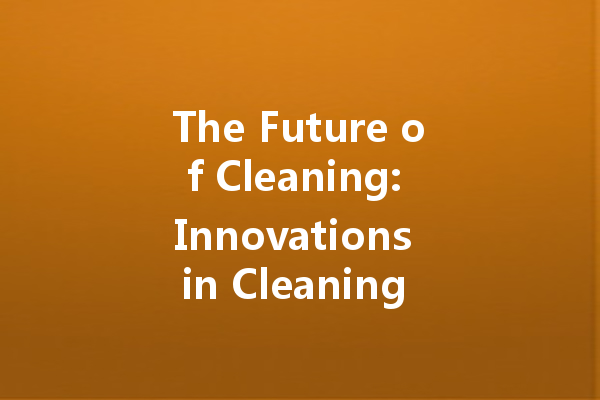In a world increasingly focused on sustainability and health, the cleaning agent industry is undergoing a transformation. With new technologies and eco-friendly practices at the forefront, manufacturers are evolving to meet consumer demands for safer, more effective cleaning products. This article explores the latest innovations in cleaning agent manufacturing and what they mean for the future of cleanliness.
The Shift Towards Eco-Friendly Cleaning Products
Consumer Demand for Sustainability
As awareness of environmental issues grows, consumers are seeking out cleaning products that reflect their eco-conscious values. Cleaning agents made with biodegradable ingredients and sustainable packaging are gaining popularity. Manufacturers are responding by developing products that not only clean effectively but also minimize environmental impact.
Innovations in Green Chemistry
One of the most significant advancements in cleaning agent manufacturing is the rise of green chemistry. This approach focuses on reducing chemical waste and the use of hazardous substances. Manufacturers are now exploring natural ingredients, such as plant-based surfactants and essential oils, which provide cleaning power without the negative effects associated with traditional chemicals.
Advanced Formulation Techniques
Utilization of Nanotechnology
Nanotechnology is revolutionizing cleaning agent formulations. By manipulating materials at the molecular level, manufacturers can create more effective cleaning agents. Nanoparticles improve the efficacy of detergents by enhancing their ability to penetrate and remove dirt and grime. This innovation allows for lower concentrations of active ingredients while maintaining cleaning performance.
Enzyme-Based Cleaning Agents
Enzyme-based cleaning agents are another area of innovation. These products use natural enzymes to break down stains and odors at a molecular level. Manufacturers are making strides in developing enzymes that are tailored to specific cleaning challenges, resulting in more targeted and efficient cleaning solutions.
The Role of Technology in Production
Automation and Smart Manufacturing
The integration of automation in cleaning agent manufacturing is improving efficiency and reducing costs. Smart manufacturing techniques, like real-time monitoring and data analytics, enable manufacturers to optimize production processes. This can lead to faster production times and greater consistency in product quality.

Enhanced Safety Measures
Modern manufacturing facilities are adopting advanced safety protocols to ensure the welfare of both workers and consumers. Improved formulas with reduced toxicity levels are also being developed, making cleaning agents safer to use in homes and commercial settings.
The Importance of Transparency
Ingredient Disclosure
Consumers today are more informed and concerned about the products they use. This shift has prompted manufacturers to be more transparent about their ingredient lists. Providing clear information about what goes into cleaning agents fosters trust and allows consumers to make informed choices.
Certifications and Compliance
Many manufacturers are pursuing certifications that validate their eco-friendly claims, such as Green Seal or EcoLabel. These certifications assure consumers that the products meet stringent environmental, health, and safety standards, further promoting transparency in the industry.
Future Trends in Cleaning Agent Manufacturing
Biodegradable Packaging
In addition to eco-friendly formulations, the demand for sustainable packaging solutions is rising. Manufacturers are focusing on creating biodegradable or recyclable packaging to complement their green product offerings. This alignment with sustainability goals will be crucial as consumers increasingly prioritize environmental considerations in their purchasing decisions.
Customization and Personalization
As consumer preferences evolve, manufacturers are also turning to customization. Offering personalized cleaning solutions that cater to specific user needs, such as fragrance preferences or sensitivity to certain ingredients, is becoming more common. This trend not only meets individual consumer demands but also strengthens brand loyalty.
Conclusion: Embracing the Future of Clean
The innovations in cleaning agent manufacturing reflect a broader commitment to sustainability, safety, and consumer awareness. As the industry continues to evolve, manufacturers must stay ahead of the curve by embracing new technologies, transparent practices, and the principles of green chemistry. The future of cleaning is not only about maintaining cleanliness; it’s also about protecting the planet and promoting health for generations to come.
